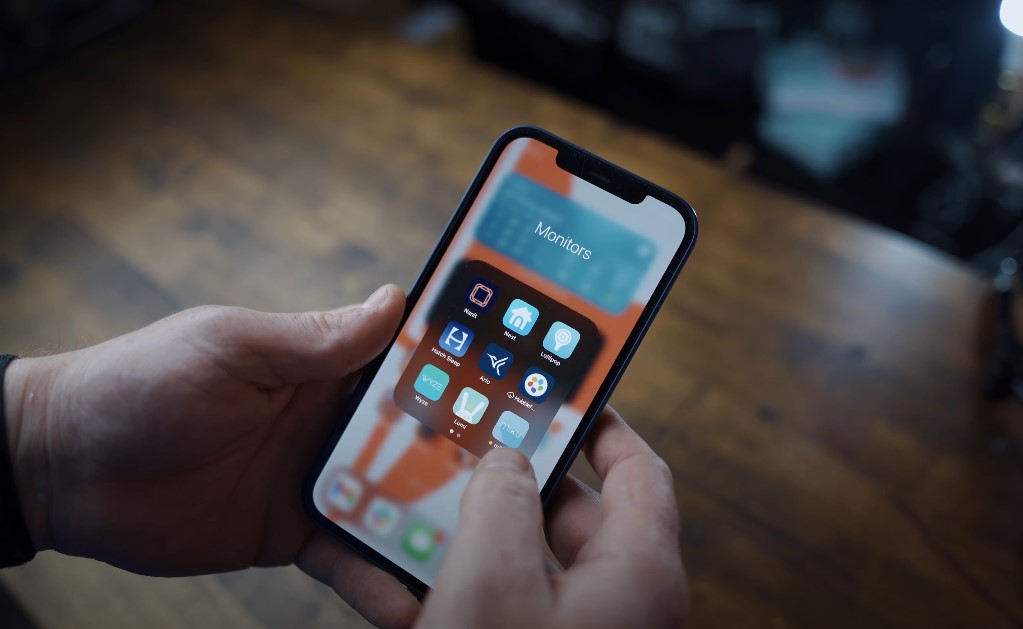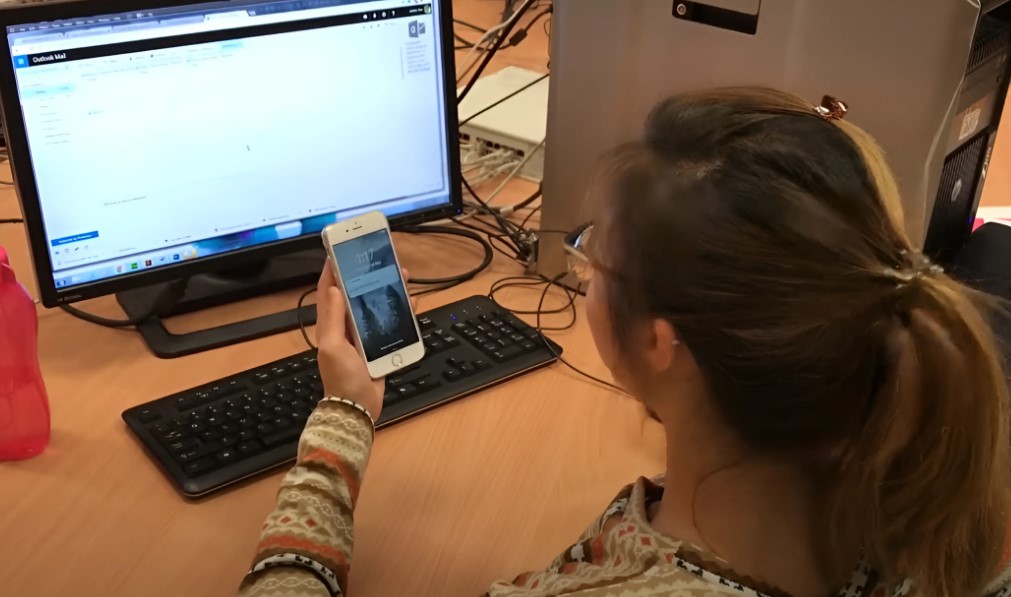According to the CDC, about 60% of senior citizens suffer from at least two chronic health conditions. Another report estimates that 27.2% of US adults live with multiple chronic conditions. These numbers show the importance of keeping a constant eye on senior relatives to ensure their safety.
But how do you watch over your loved ones without actually being there with them? An elderly monitoring system based on modern technology can help. There are tons of senior monitoring devices that can respond to medication crises, accidents and falls, inactivity, and panic emergencies. Often, these solutions are present in one device or app, e.g., a smartphone that also monitors heart rate.
What Do Elderly Monitoring Systems Do?
Seniors living alone may have no one to check on them regularly. Family and friends pay visits once in a while. However, it is not enough compared to being there all the time.
That’s where a monitoring system for elderly seniors comes in. An elderly monitoring system stays with your senior loved ones and watches over them. Depending on the type of system you have, you can keep tabs on their well-being from miles away, or perhaps, across international borders.
Generally, an elderly monitoring system can:
-
Keep seniors and their families at ease.
-
Help respond to an emergency faster.
-
Send emergency alerts to selected contacts when the user clicks the panic button.
-
Provide constant monitoring of vital health signs, such as blood pressure and body temperature.
-
Provide 24/7 inactivity monitoring.
-
Provide elderly monitoring for patients with dementia or Alzheimers. The GPS feature helps track seniors if they wander off or get lost.
-
Monitor sleep patterns. A more advanced monitoring system for elderly loved ones can track and analyze sleep patterns over time to help identify other problems such as sleep apnea.
-
Monitor medication usage.
Types of Remote Systems For Monitoring the Elderly

A few decades ago, telephone checks were probably the most suitable way to ensure that a relative was safe and sound. Times have changed, and today, an elderly remote care system can be embedded in an app or other device to keep an eye on your loved ones and even keep them away from home safety hazards.
If you’re looking for a monitoring system for elderly parents/relatives, here are the most popular options available:
Grandparent Monitors
@smarthomeuk Caring for elderly relatives while working can be a juggling act to ensure they are well and safe. Now, with just a few products from @SwitchBot , I am able to keep an eye on my stepdad wherever I am. With two-way audio on the cameras, I can speak and be heard. The temperature sensors ensure he’s warm enough all year round. #SwitchBot #SmartHomeUK #IndoorCamera #HomeSecurity #PeaceOfMind #CaringForTheElderly #CarersOfTikTok ♬ original sound – Smart Home & Gadgets UK 🇬🇧
The grandparent monitor is a popular senior monitoring system. It’s easy to use and efficient.
The grandparent monitor is a simple, passive home monitoring system for elderly parents that allows you to watch your loved one in real-time.
The video feed from the camera is available via your phone, tablet, or computer, anywhere and at any time. You can place the camera in a strategic location to see what your senior loved one is doing throughout the day.
Such senior monitoring systems are great for people who may not be able to leave their homes as often as they’d like.
Despite being branded as elder care monitoring devices, grandparent monitors are also suitable to monitor children.
Baby Monitors For Dementia Patients

Taking care of a senior living with dementia can be overwhelming. Dementia targets the person’s brain capacity and cripples their ability to make decisions independently.
The patient becomes unpredictable, and you can start feeling exhausted after some time. Sure, a caregiver in such a situation can help, but you might want to keep an eye on them as well.
If you want everything done well, do it yourself with baby monitors for dementia patients. Technically, baby monitors weren’t designed to help care for seniors with dementia. However, you can effectively use them for monitoring elderly parents remotely.
A baby monitor allows you to keep track of the senior’s whereabouts so that you can immediately locate them. This is particularly helpful if your loved one tends to wander off or get lost.
Motion Sensors and Wearables

Motion sensors are small senior monitoring devices designed to be placed around the house to detect movements into and out of different rooms.
These sensors detect a variety of movements. When the sensor detects no activity for a set time — usually between one and four hours — it alerts the monitoring center that something could be wrong.
Wearable devices are also viable options for remote monitoring. They are used for more mobile seniors. Wearables come in many forms, from watches to pendants or necklaces that look like jewelry or even small bracelets.
These senior monitoring devices are usually GPS-enabled, meaning that caregivers can track the senior user at any time. They can also send information on their location and transmit an SOS signal in an emergency.
Fall Monitor for Elderly Adults

Falls are one of the biggest dangers facing senior citizens today. In fact, according to the CDC, 3 million fall-related injuries occur each year among individuals over the age of 65.
A fall monitor is a great elderly monitoring system for seniors who have had a recent fall or have a medical condition that leaves them at higher risk for falling. It detects when a senior slips & falls.
Most fall monitors are portable and use wireless technology to communicate with base units.
Wrapping Up
When you have elderly parents who live by themselves, it can be hard to tell whether they are taking good care of themselves or not.
You can get a sense of it when you talk with them on the phone or visit them at home, but for the most part, the best you can do is ensure that they have access to health professionals, in-home care, and emergency services.

